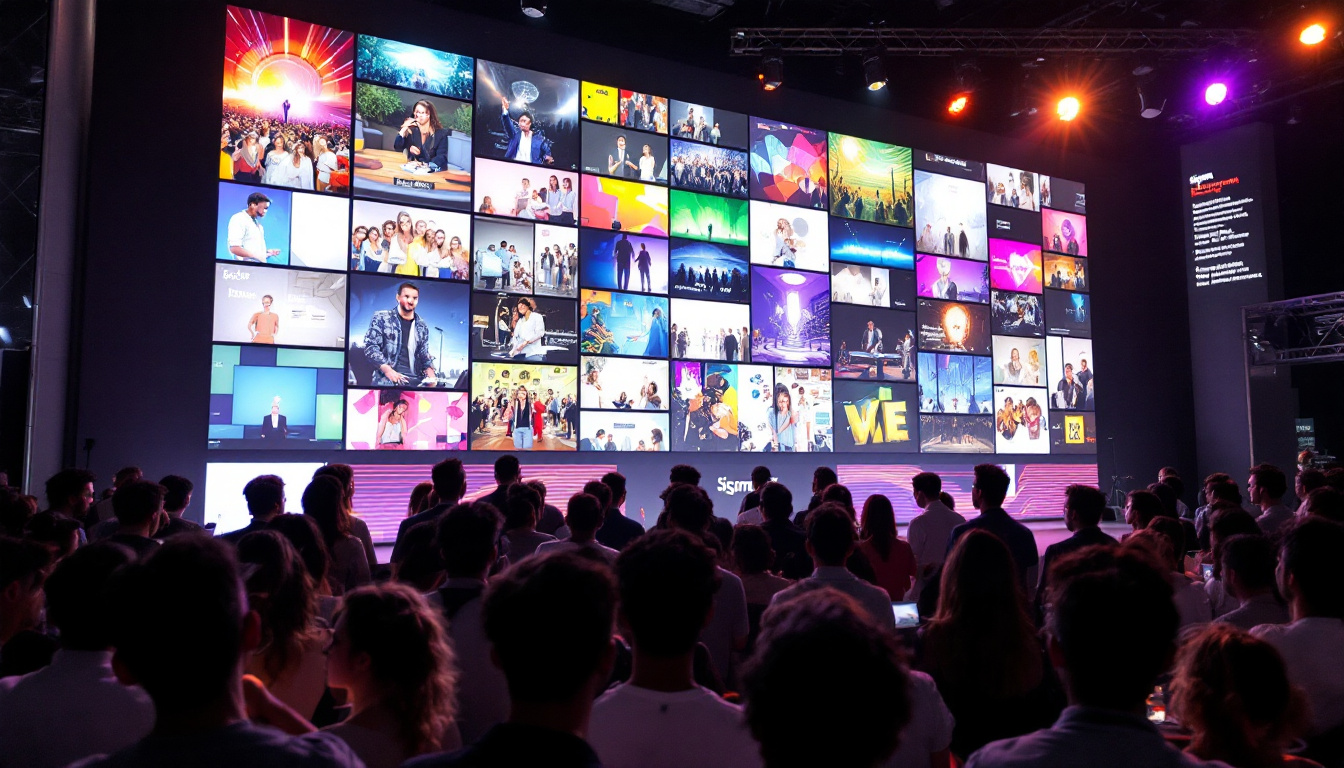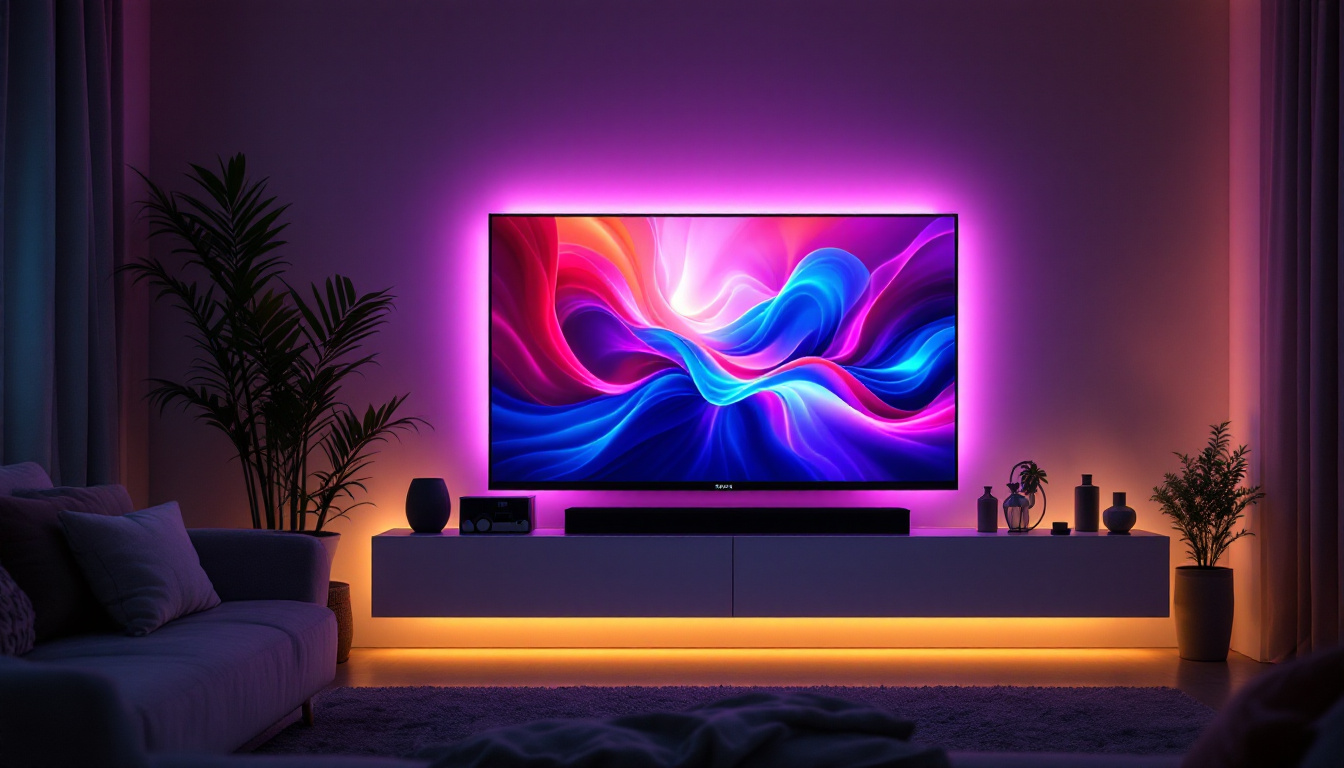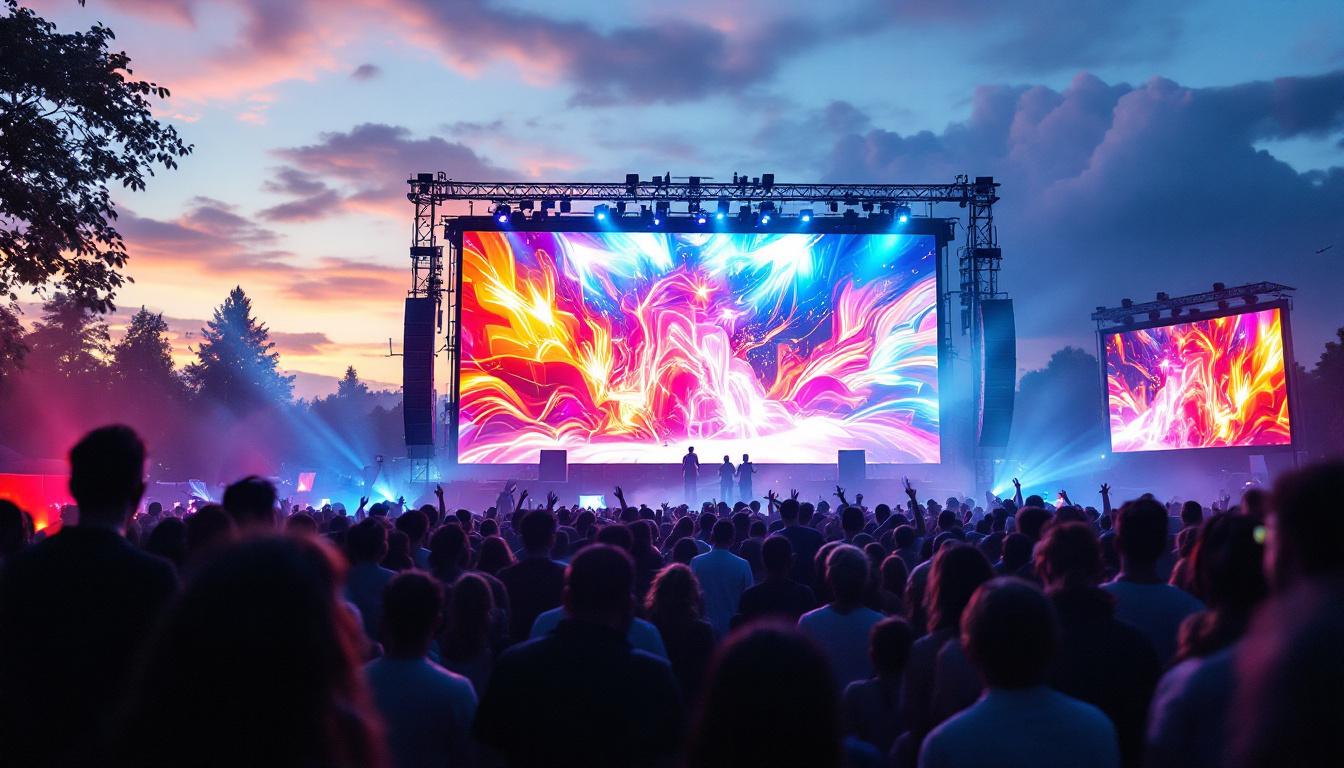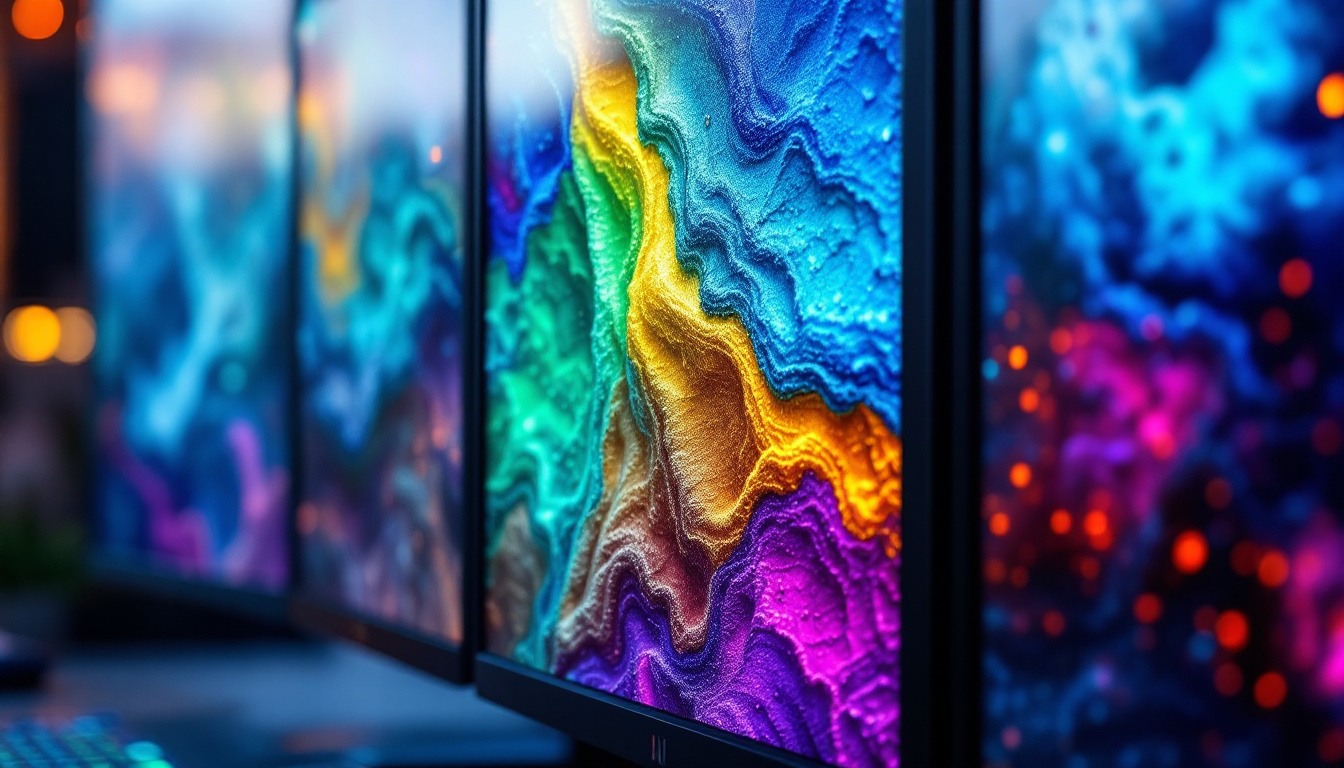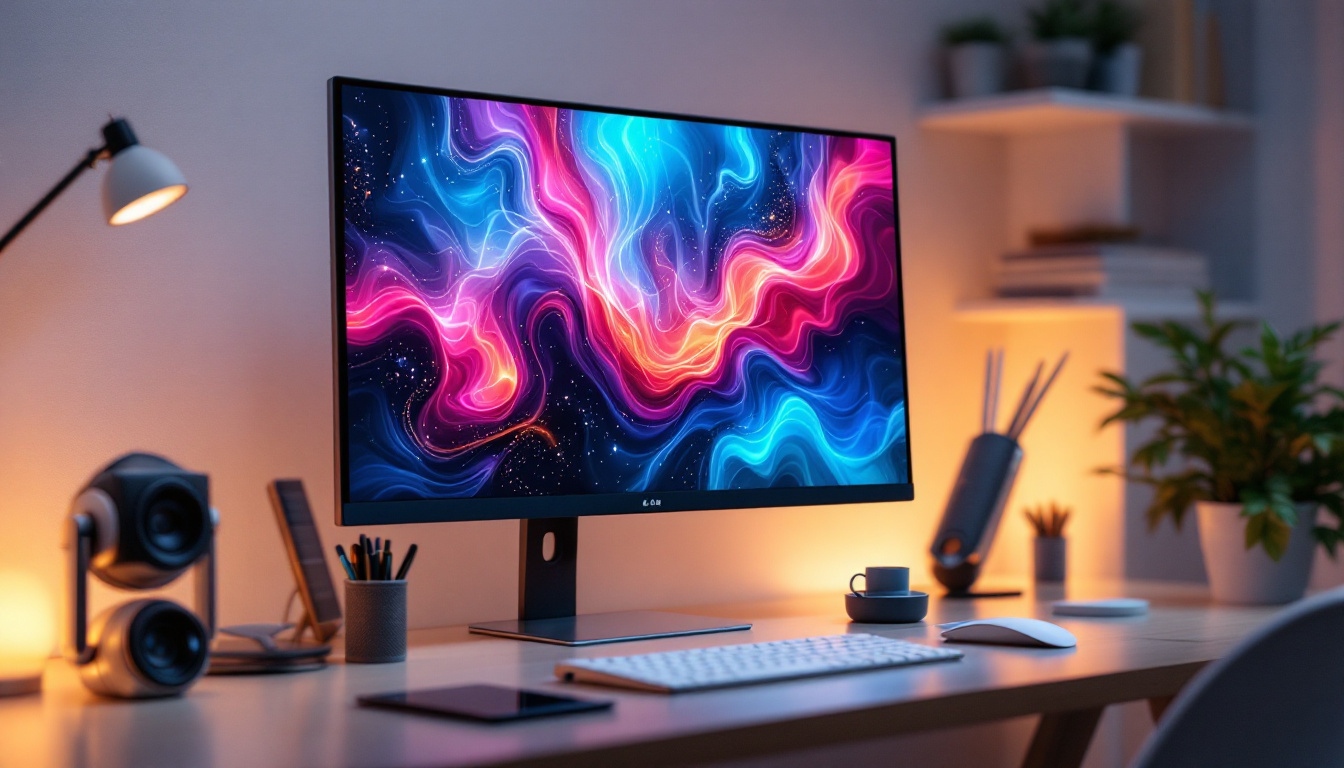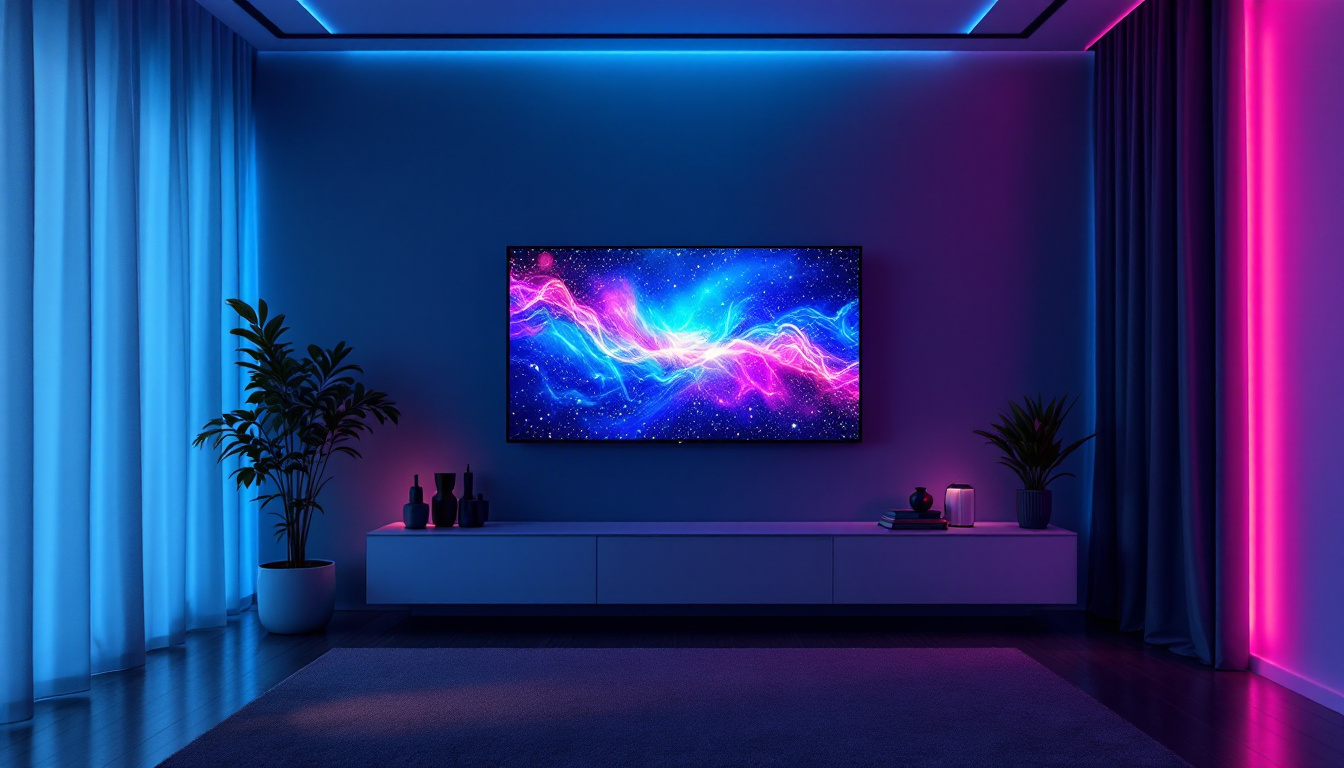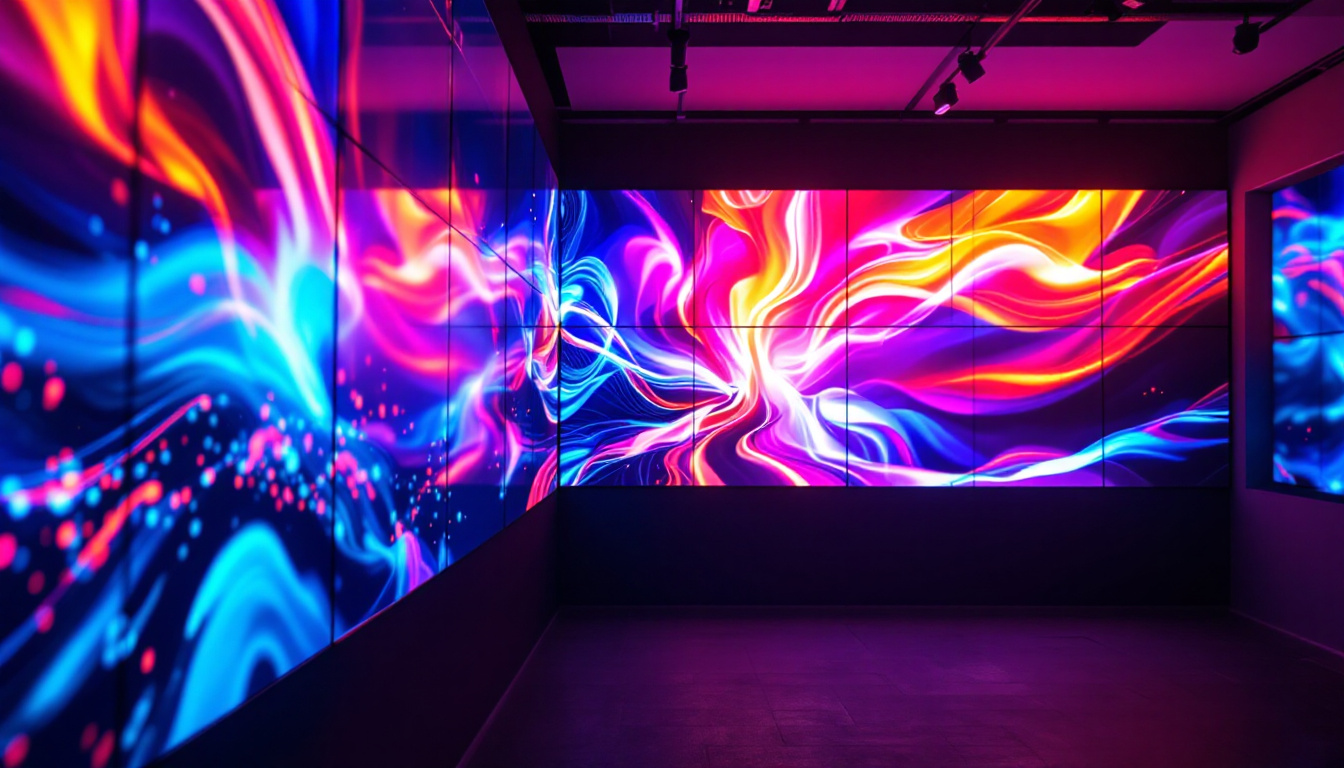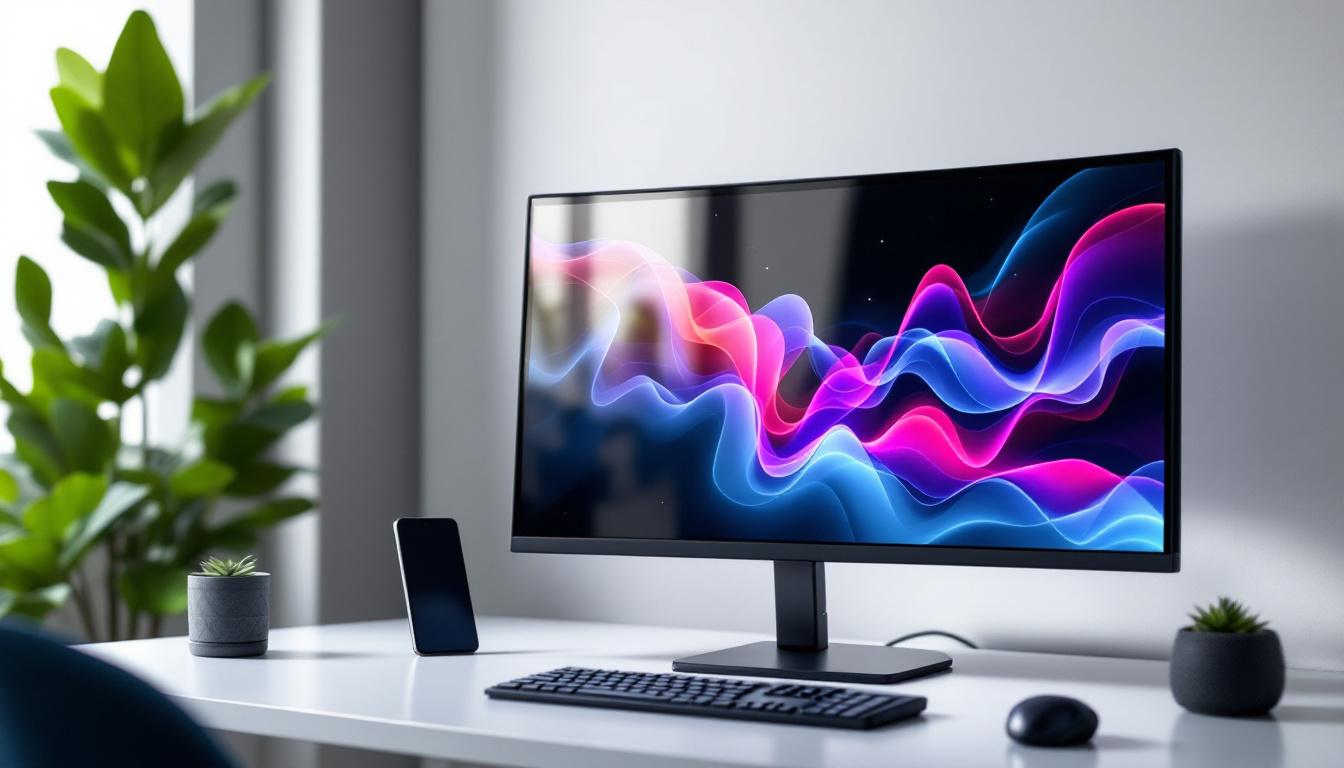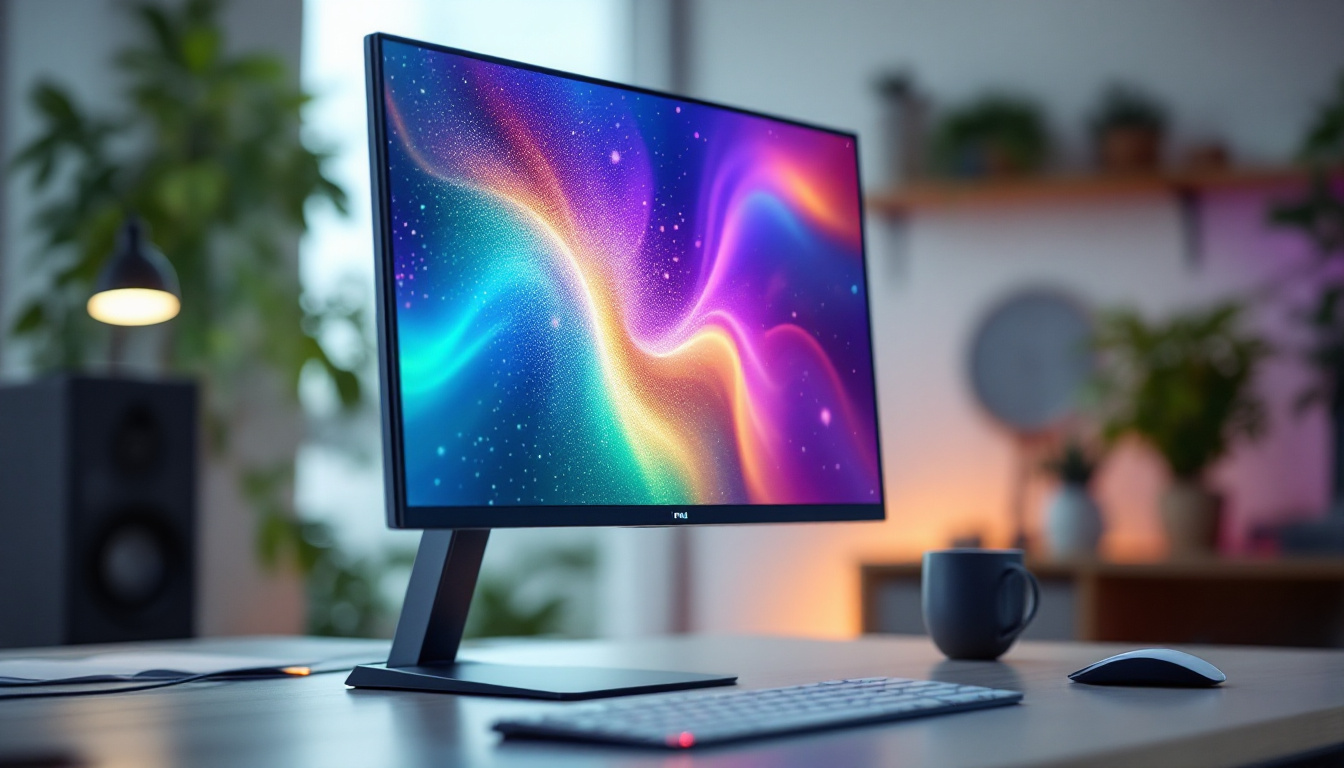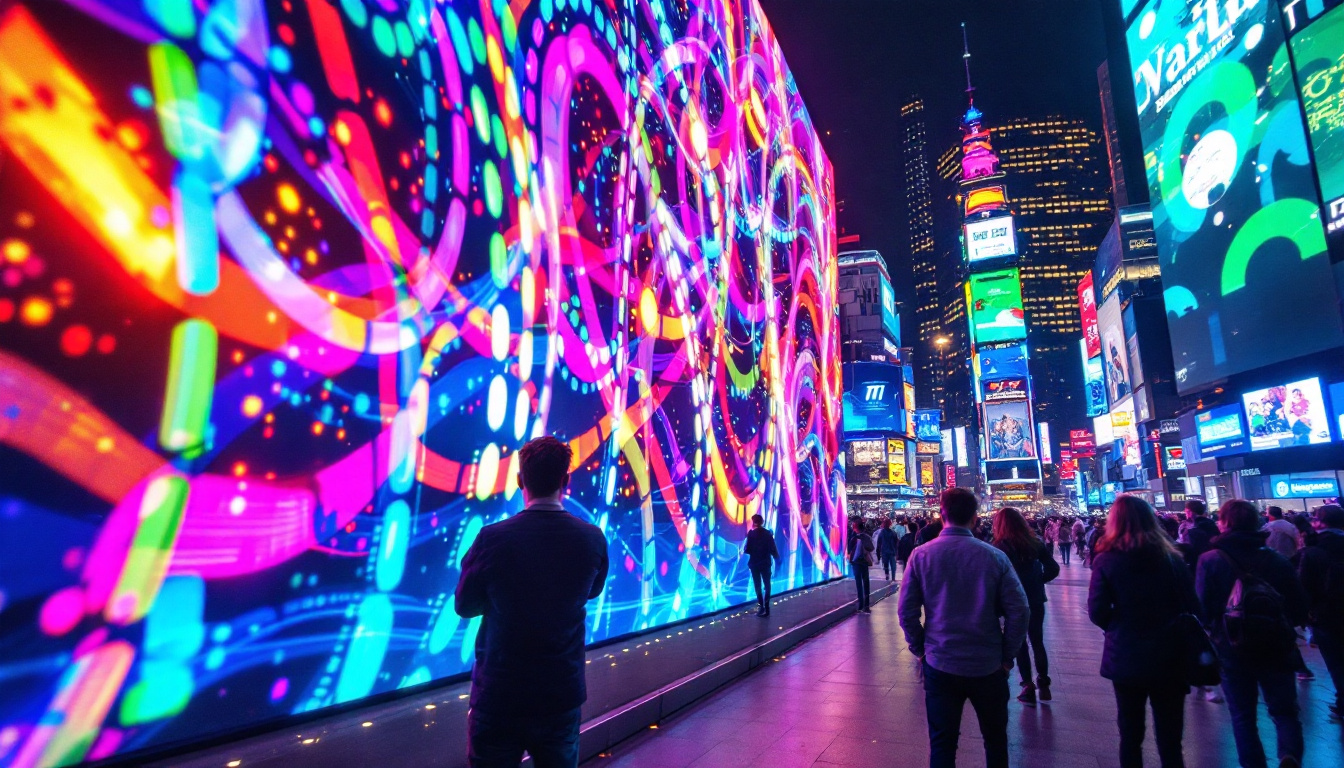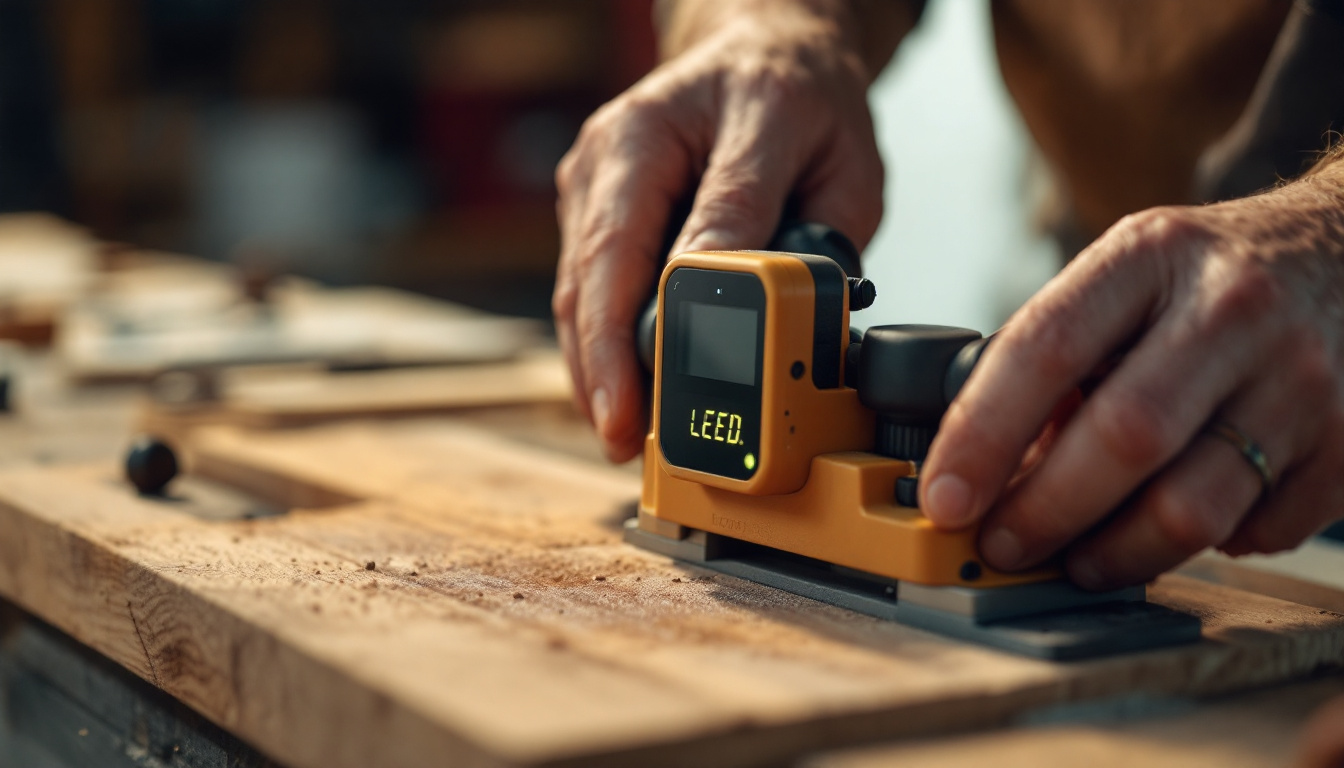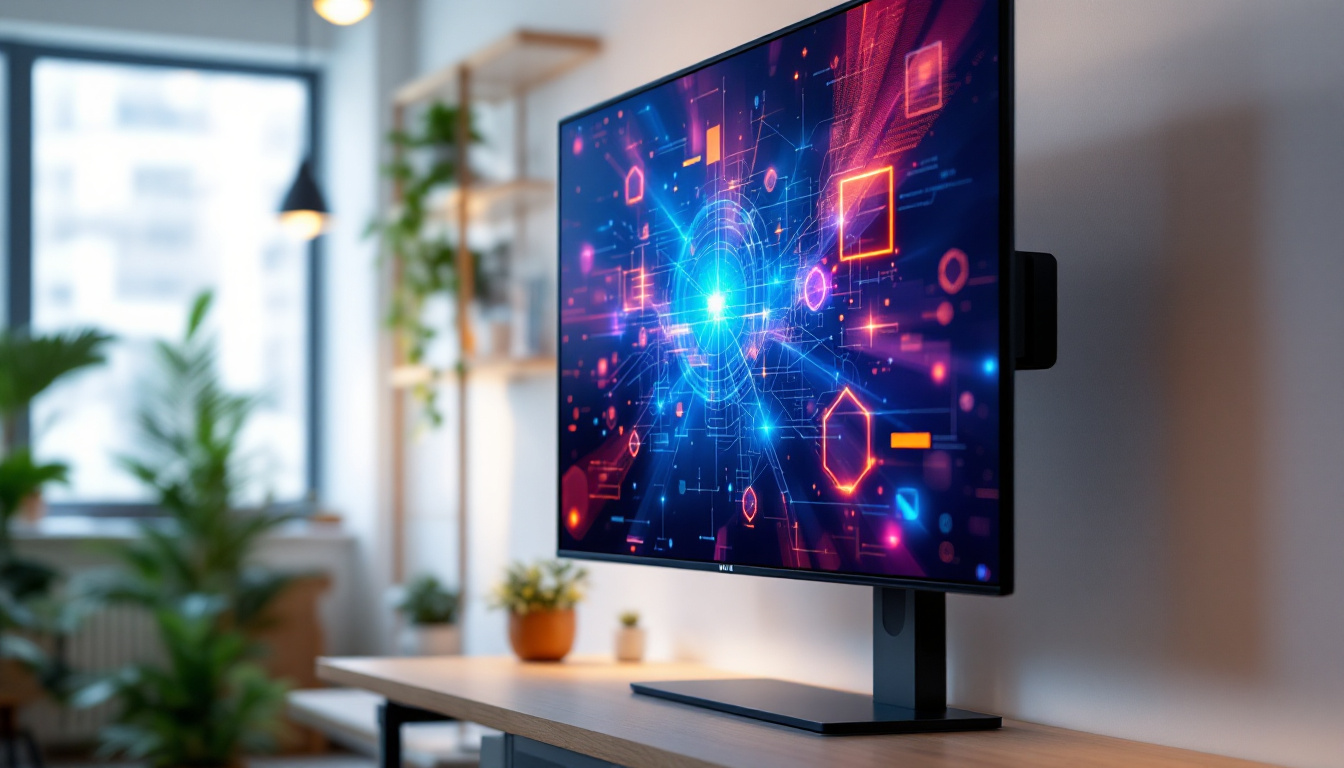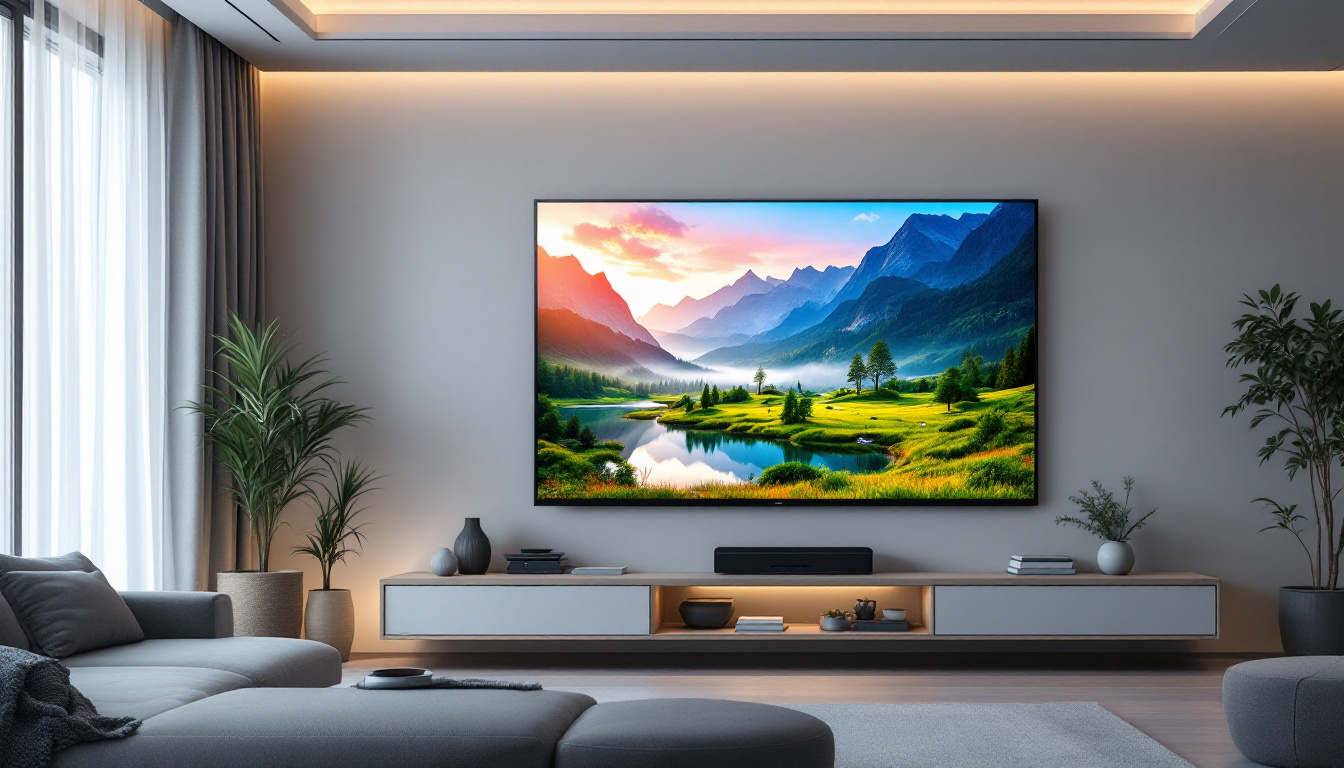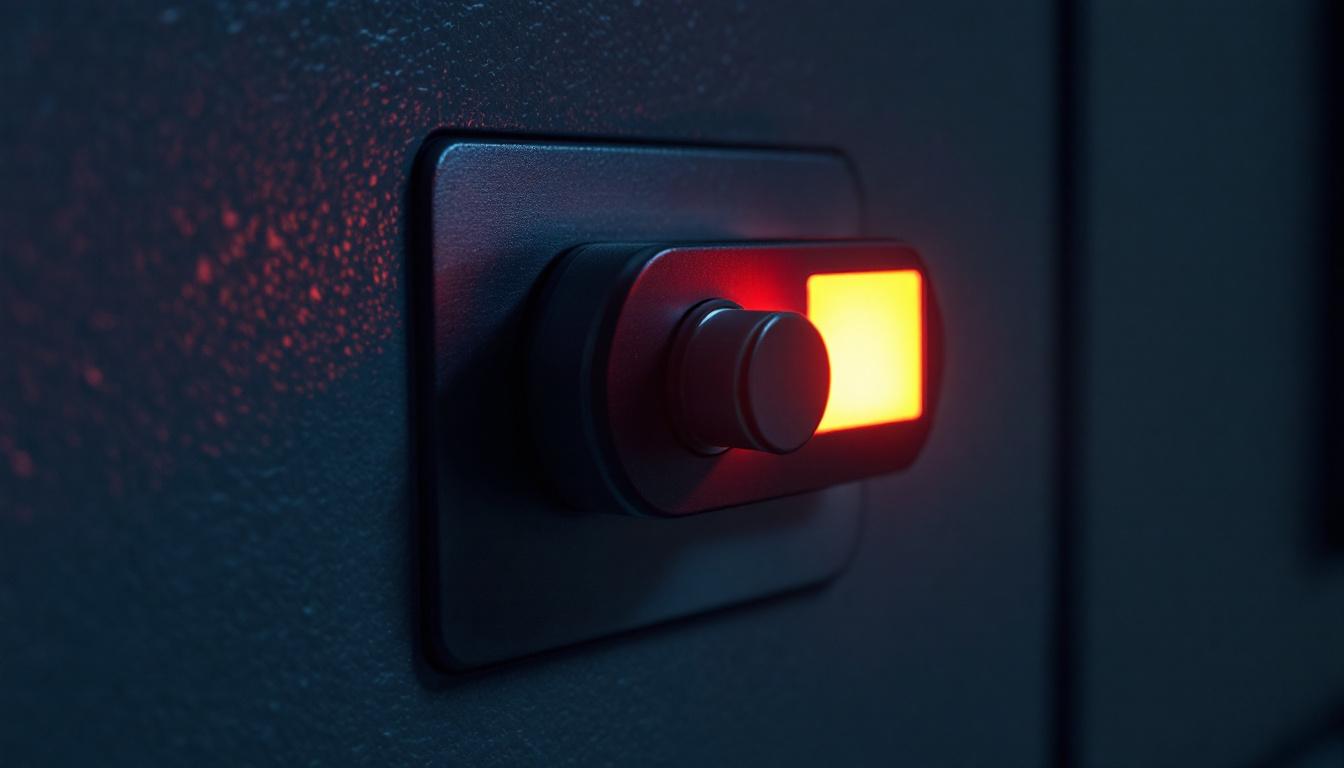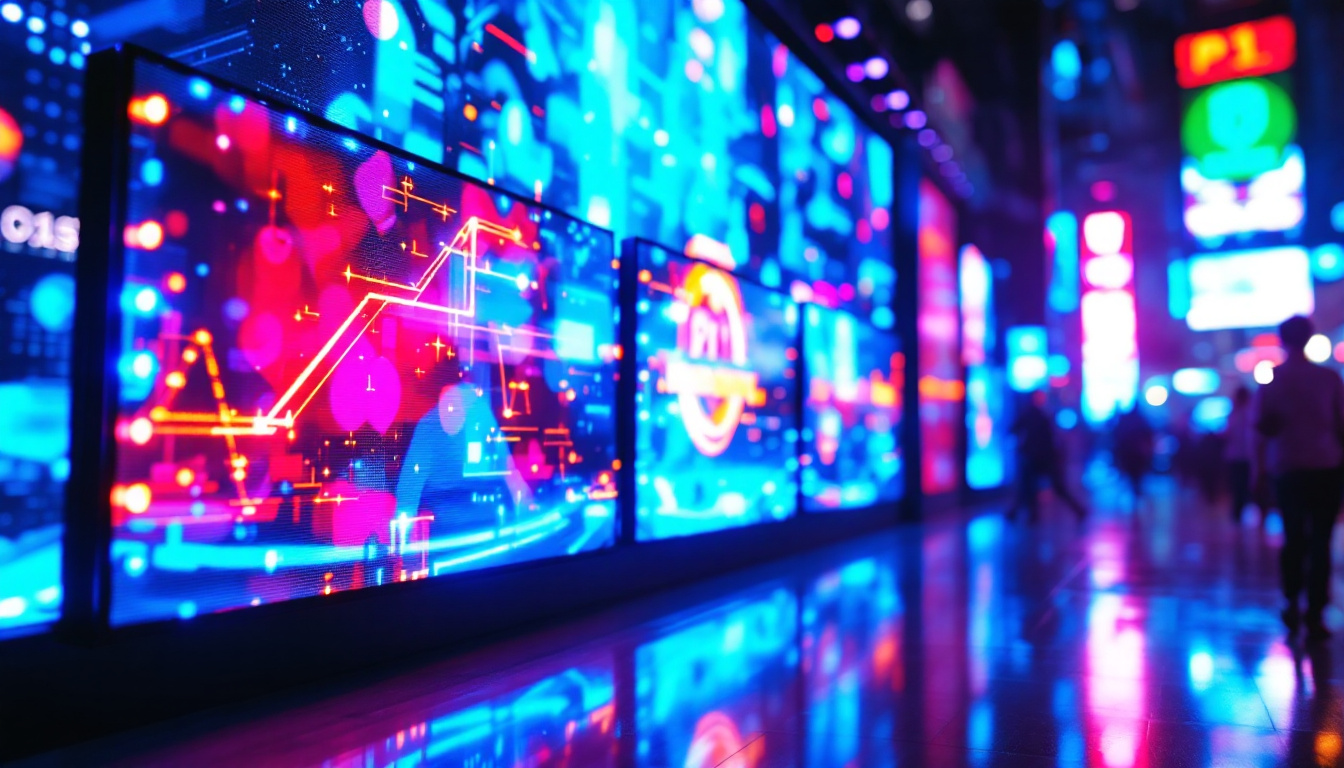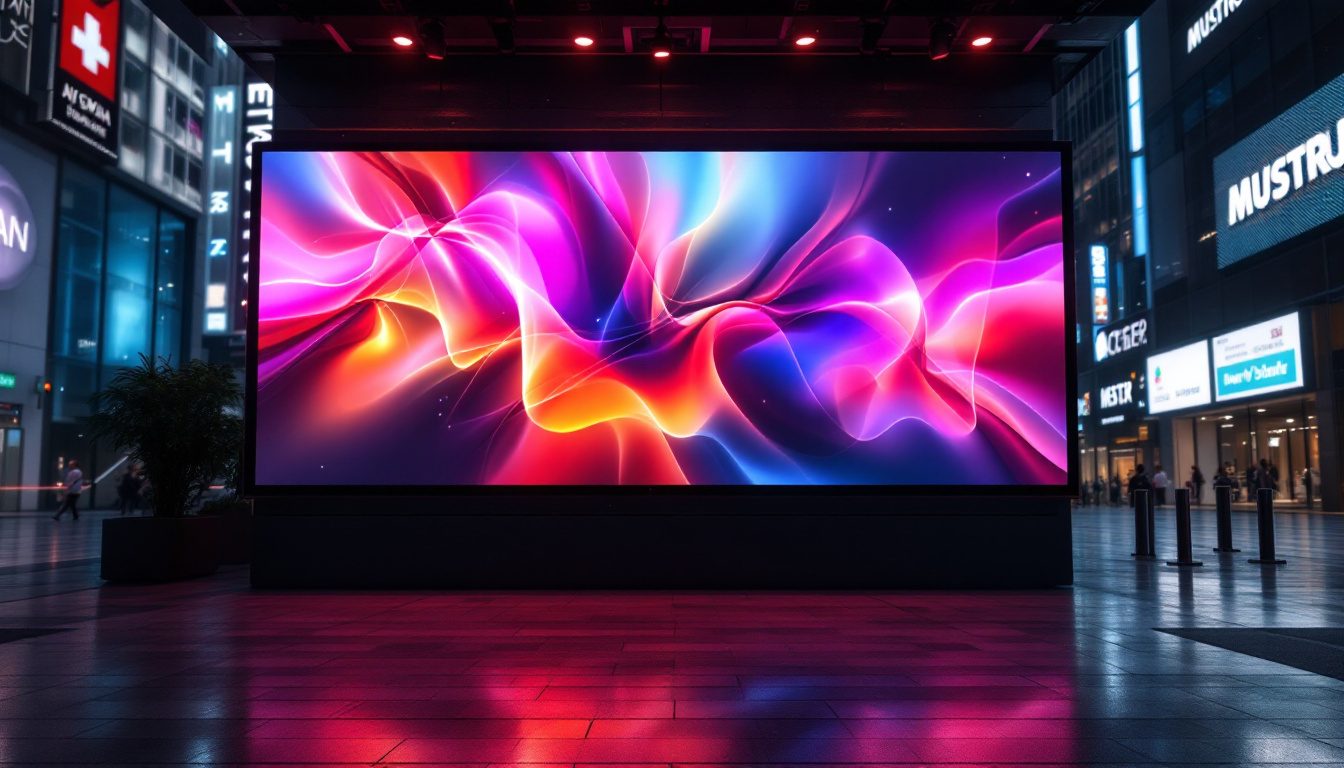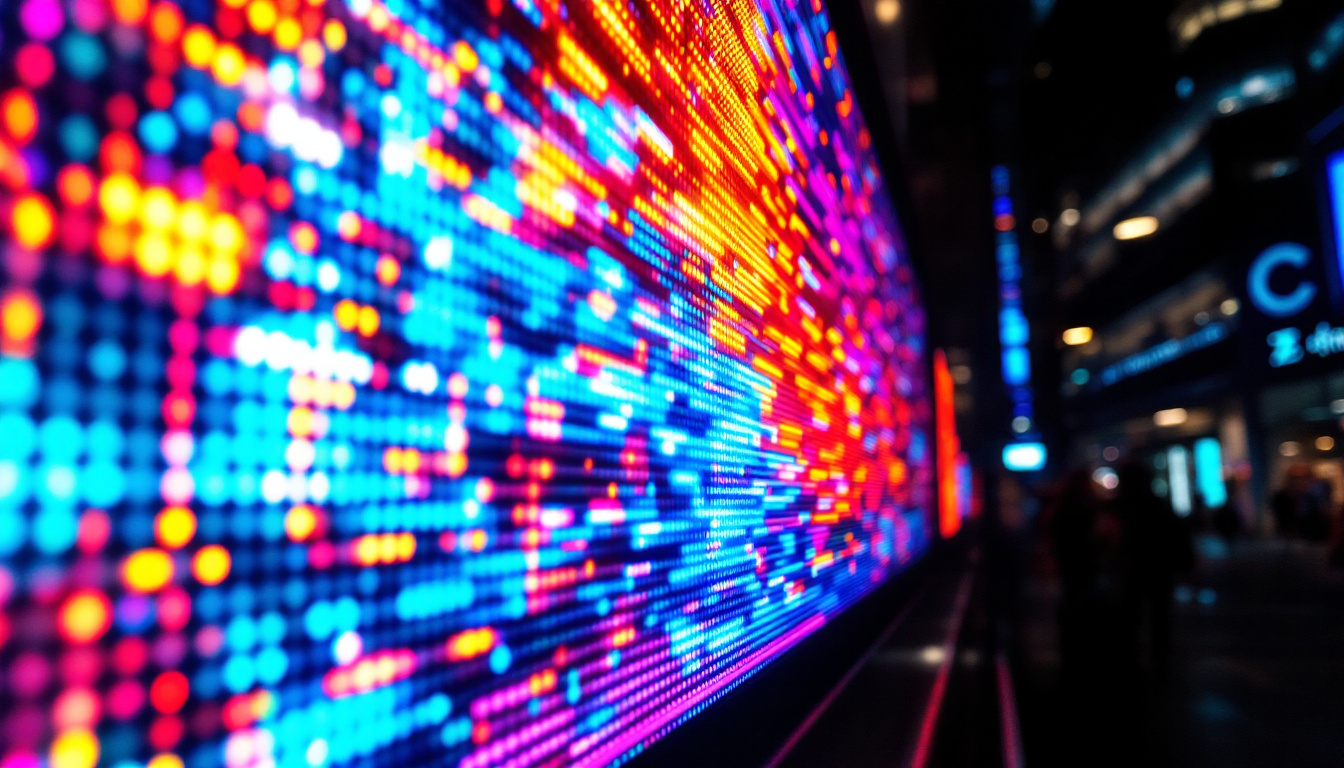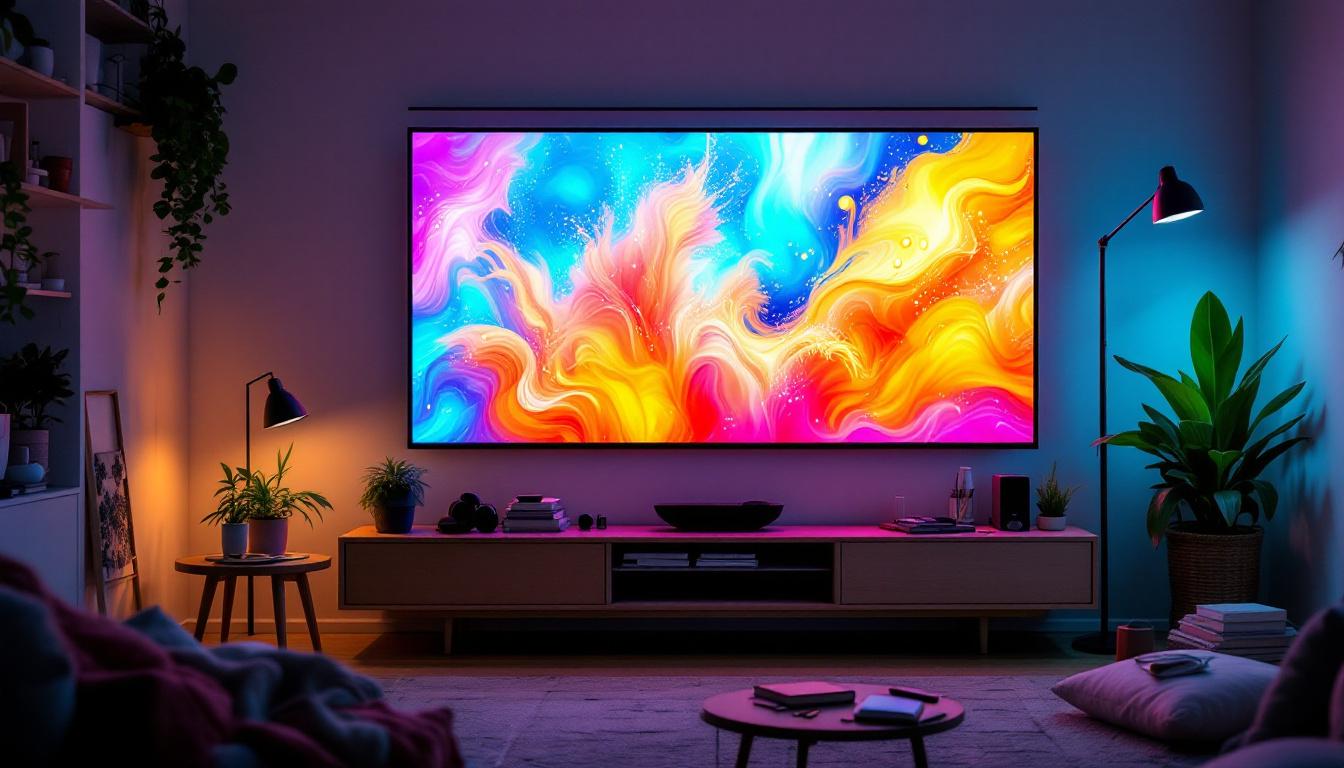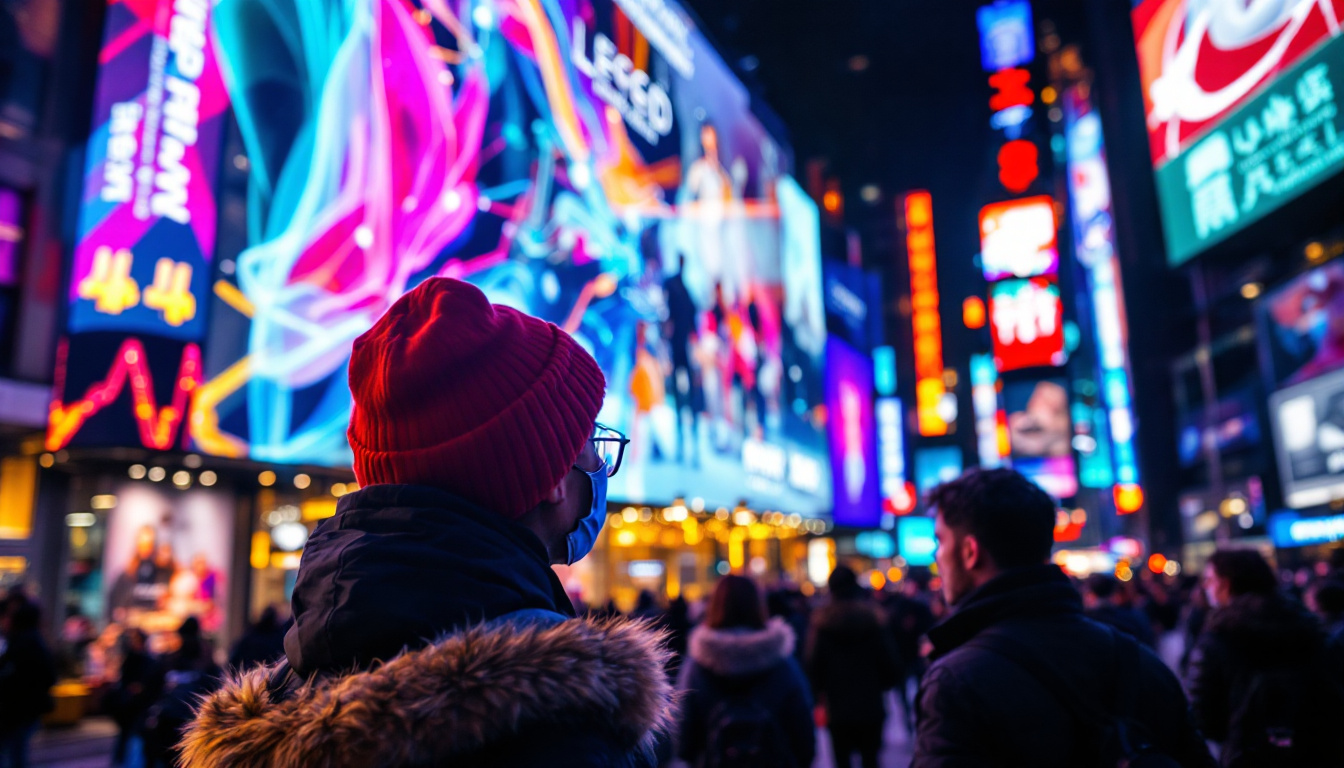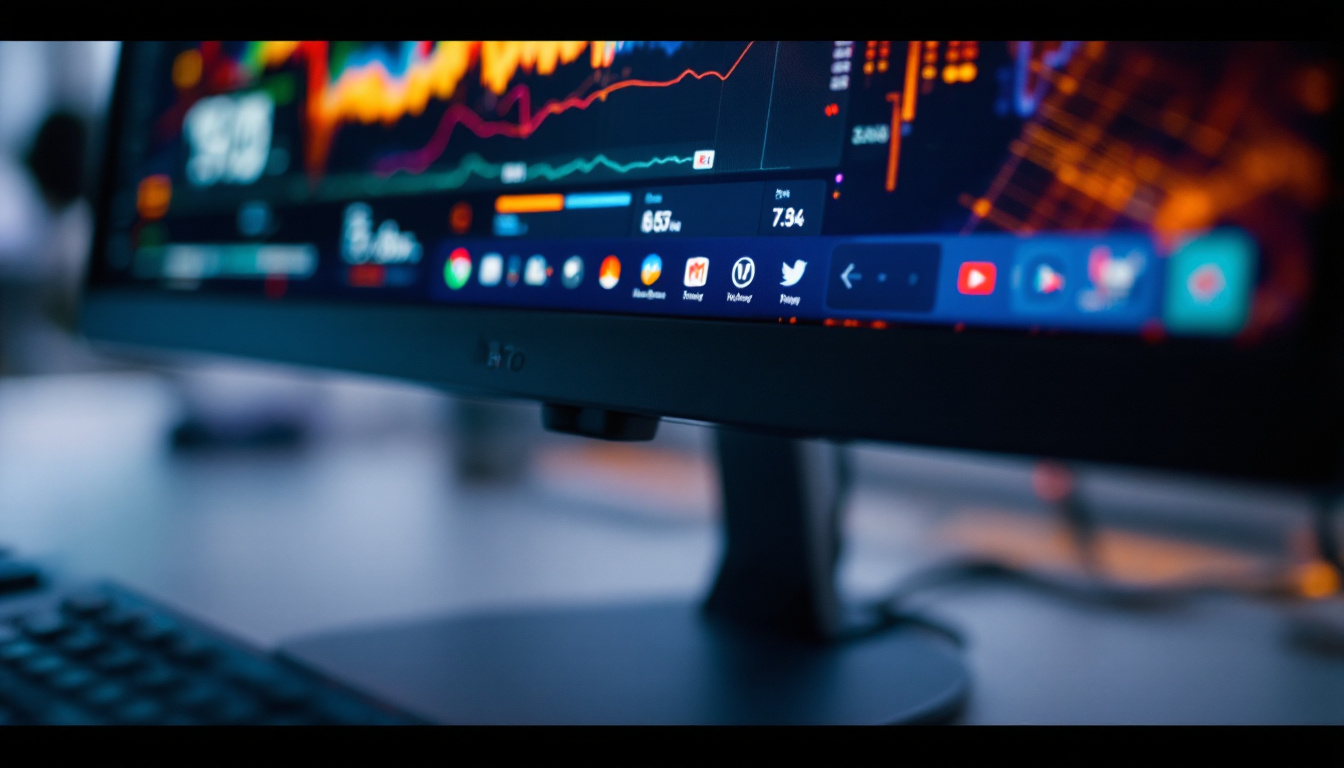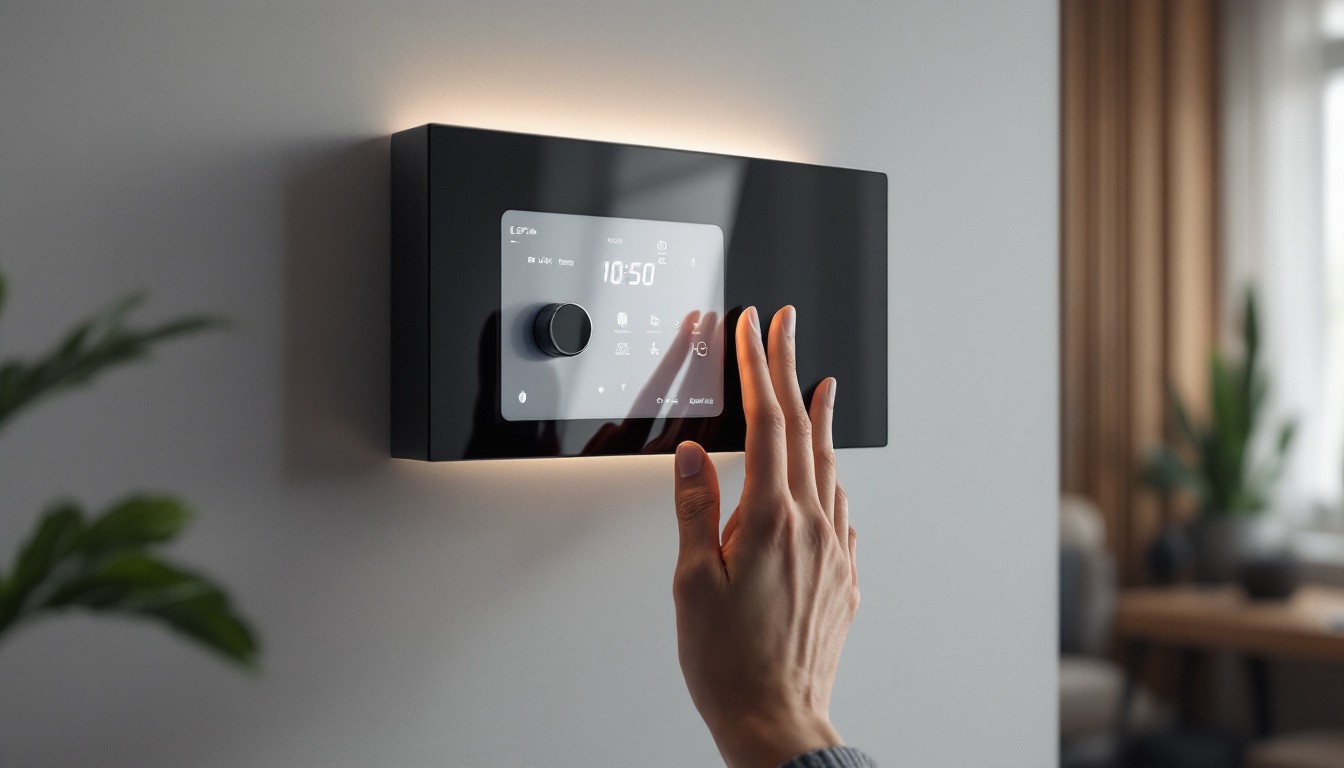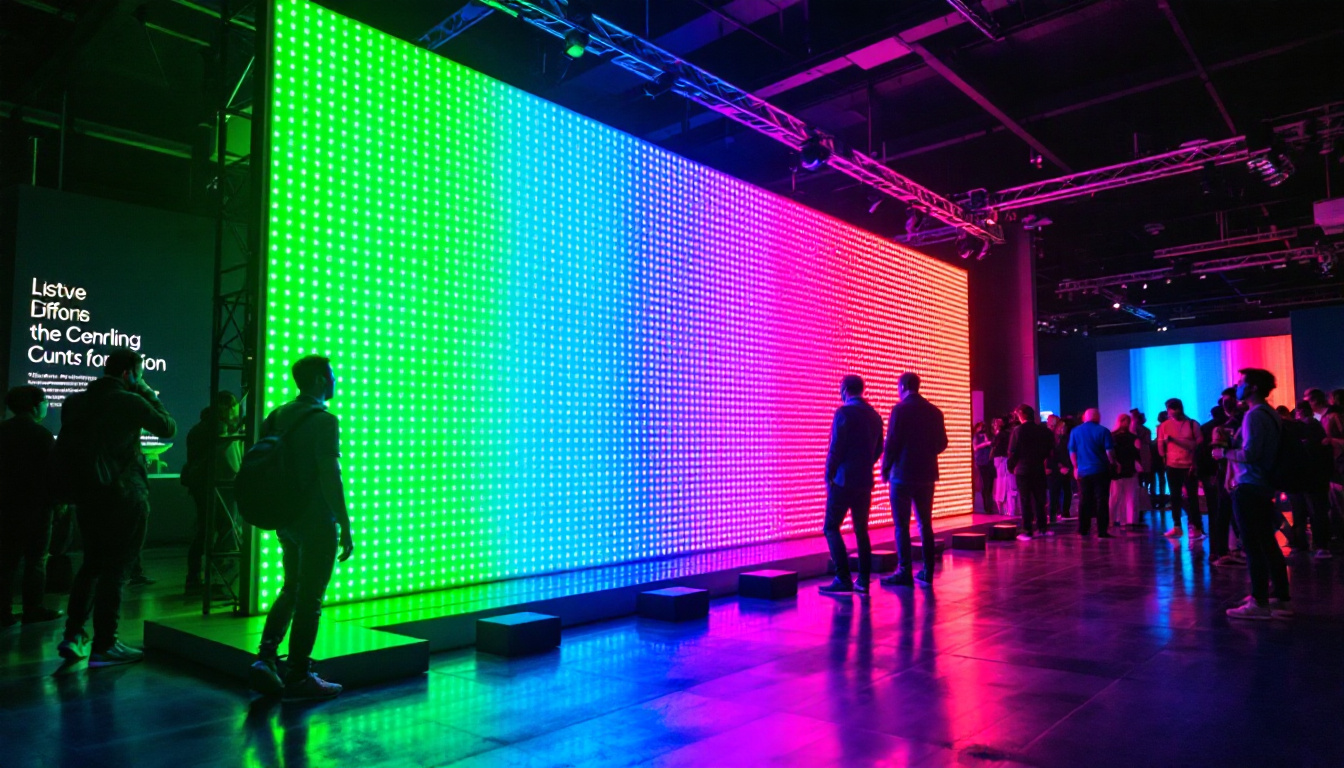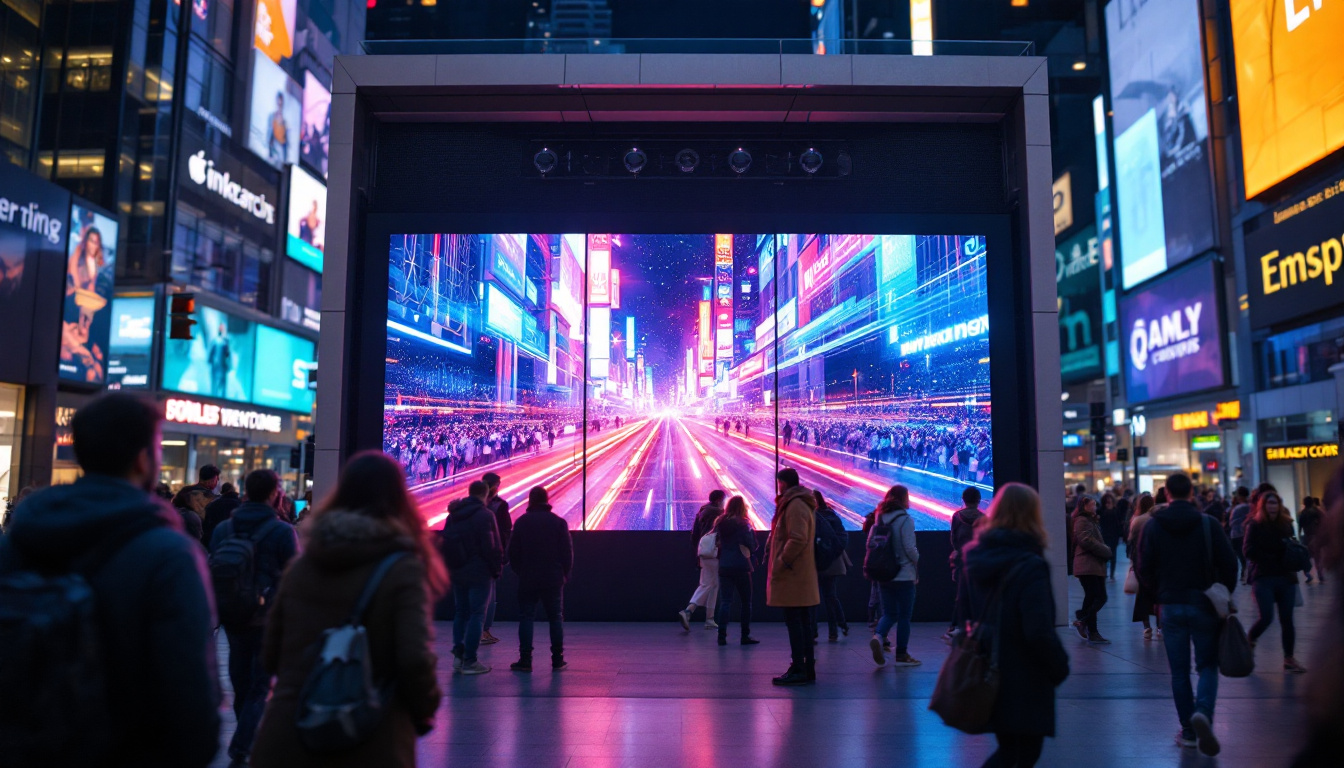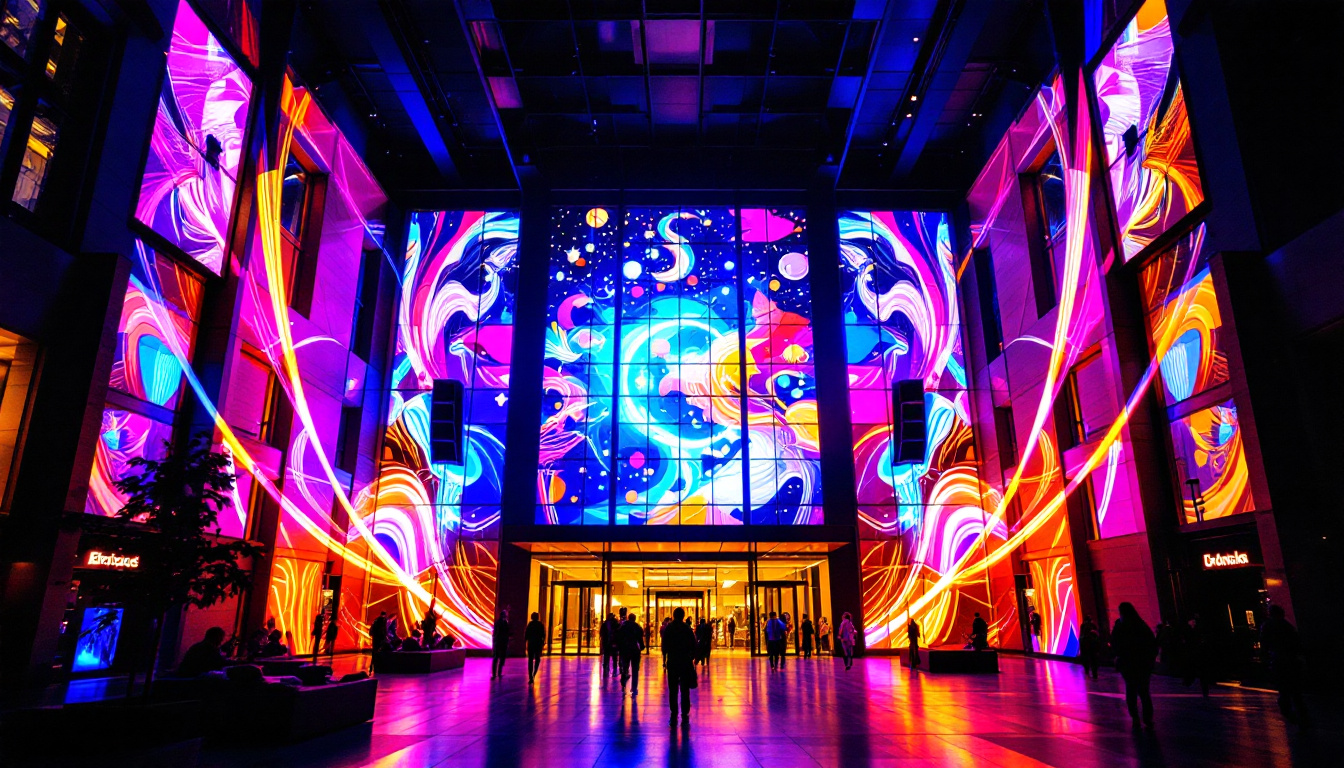In the realm of modern events, visual impact plays a crucial role in engaging audiences and enhancing experiences. One of the most effective tools for achieving this is the video wall, particularly those utilizing LED display technology. This article delves into the intricacies of video walls, exploring their benefits, applications, and the technology behind them.
Understanding Video Walls
Video walls are large displays made up of multiple screens or panels that work together to create a single, cohesive image or video. These installations are often used in various settings, ranging from corporate events and concerts to exhibitions and trade shows. The versatility and scalability of video walls make them an attractive option for event planners looking to make a significant visual statement.
Components of a Video Wall
A typical video wall consists of several key components, including the display panels, video processors, and mounting structures. Each element plays a vital role in ensuring the seamless operation of the video wall.
The display panels, often made from LED technology, are the most visible part of the setup. They come in various sizes and resolutions, allowing for customization based on the event’s requirements. Video processors are responsible for managing the input signals and distributing them across the panels, ensuring that the content is displayed correctly and in sync. Finally, the mounting structures provide the necessary support and stability for the panels, allowing for various configurations.
Types of LED Displays
LED displays used in video walls can be categorized into different types, each with its unique characteristics. The most common types include:
- Direct View LED: These displays use individual LED modules to create images. They are known for their brightness and color accuracy, making them ideal for both indoor and outdoor events.
- LCD Video Walls: Composed of multiple LCD panels, these walls offer high resolution and are suitable for indoor environments. However, they may not be as bright as direct view LED displays.
- OLED Displays: Known for their exceptional color depth and contrast, OLED displays are gaining popularity for high-end applications, though they tend to be more expensive.
Benefits of Using Video Walls
The integration of video walls into events offers numerous advantages that can significantly enhance the overall experience for attendees. Some of the key benefits include:
Enhanced Visual Experience
Video walls provide a stunning visual experience that captivates audiences. The ability to display high-resolution images and videos across a large surface area ensures that content is easily visible from various angles and distances. This is particularly beneficial in large venues where traditional screens may not suffice.
Versatility and Customization
One of the most appealing aspects of video walls is their versatility. They can be configured in various shapes and sizes, allowing for creative designs that align with the event’s theme. Additionally, content can be easily customized to suit different presentations, performances, or branding needs, making video walls a flexible solution for any event.
Interactivity and Engagement
Modern video walls can incorporate interactive elements, such as touchscreens or motion sensors, which encourage audience participation. This interactivity can transform passive viewers into active participants, fostering a more engaging and memorable experience. For instance, event organizers can use video walls to display real-time social media feeds, polls, or audience-generated content, further enhancing engagement.
Applications of Video Walls
Video walls are employed across a variety of sectors and events, showcasing their adaptability and effectiveness. Here are some common applications:
Corporate Events
In corporate settings, video walls are often used for presentations, product launches, and conferences. They can display slideshows, videos, and live feeds, ensuring that all attendees, regardless of their seating position, can view the content clearly. This enhances communication and keeps the audience focused on the key messages being conveyed.
Entertainment and Concerts
In the entertainment industry, video walls are a staple at concerts, festivals, and theatrical performances. They can create immersive environments by displaying dynamic visuals that complement the live action on stage. The combination of sound and visuals elevates the overall experience, making events more memorable for attendees.
Trade Shows and Exhibitions
trade shows and exhibitions benefit greatly from video walls, as they can attract visitors and convey information effectively. Companies can showcase their products or services through engaging video content, drawing in potential clients and partners. The ability to display multiple feeds simultaneously also allows for the sharing of various aspects of a brand or product.
Choosing the Right Video Wall for Your Event
Selecting the appropriate video wall for an event requires careful consideration of several factors. Here are some essential aspects to keep in mind:
Venue Size and Layout
The size and layout of the venue play a critical role in determining the type and size of the video wall. Larger venues may require more extensive setups to ensure visibility, while smaller spaces might benefit from compact configurations. Understanding the venue’s dimensions and layout will help in making informed decisions about the video wall’s design and placement.
Content Requirements
Different events have varying content needs. For example, corporate presentations may require high-resolution displays for detailed graphics, while concerts may focus more on vibrant colors and dynamic visuals. Identifying the primary content type will guide the selection of the appropriate technology and configuration for the video wall.
Budget Considerations
Budget constraints are an inevitable factor in event planning. Video walls can vary significantly in cost based on technology, size, and installation requirements. It’s essential to establish a budget early on and explore options that provide the best value without compromising quality. Consulting with audiovisual professionals can also help in identifying cost-effective solutions.
Technology Behind LED Video Walls
The technology that powers LED video walls is continually evolving, providing enhanced performance and capabilities. Understanding the underlying technology can help event planners make informed decisions when selecting a video wall.
Pixel Pitch
Pixel pitch refers to the distance between the centers of adjacent pixels on an LED display. A smaller pixel pitch results in higher resolution and better image quality, making it ideal for close viewing distances. Conversely, a larger pixel pitch may be suitable for larger venues where viewers are positioned further away. When choosing a video wall, considering the pixel pitch in relation to the viewing distance is crucial for optimal visual clarity.
Brightness and Contrast
Brightness and contrast levels are vital for ensuring that video walls perform well in various lighting conditions. Outdoor events, for instance, require displays with higher brightness levels to combat sunlight, while indoor settings may allow for lower brightness. The contrast ratio also affects image quality, with higher ratios providing deeper blacks and more vibrant colors. Evaluating these specifications will help in selecting a video wall that meets the event’s specific needs.
Control Systems
Control systems are essential for managing the content displayed on video walls. These systems allow operators to switch between different inputs, adjust settings, and synchronize content across multiple panels. Advanced control systems can also facilitate real-time content updates, ensuring that the displayed material remains relevant and engaging throughout the event. Familiarity with the control systems available can enhance the overall functionality of the video wall.
Installation and Setup Considerations
Proper installation and setup are crucial for the successful operation of a video wall. Event planners should consider several factors to ensure a seamless experience.
Professional Installation
While some may consider a DIY approach to installing a video wall, hiring professionals is highly recommended. Experienced technicians possess the expertise to ensure that the installation is executed correctly, minimizing the risk of technical issues during the event. professional installation also includes calibrating the displays for optimal performance, which can significantly enhance the visual experience.
Testing and Troubleshooting
Before the event, thorough testing of the video wall is essential. This includes checking all connections, ensuring that content displays correctly, and verifying that audio and video are synchronized. Having a troubleshooting plan in place can also be beneficial in case any issues arise during the event. Designating a technical support team to address any potential problems can provide peace of mind for event organizers.
Future Trends in Video Wall Technology
The landscape of video wall technology is constantly evolving, with new trends emerging that promise to enhance the capabilities and applications of these displays. Staying informed about these trends can help event planners stay ahead of the curve.
Increased Resolution
As technology advances, the demand for higher resolution displays continues to grow. Future video walls are expected to feature even smaller pixel pitches, resulting in crisper images and more detailed visuals. This trend will further enhance the effectiveness of video walls in conveying information and creating immersive experiences.
Integration with Augmented and Virtual Reality
augmented reality (AR) and virtual reality (VR) are gaining traction in the event industry, and video walls are poised to play a significant role in their integration. Future video walls may incorporate AR and VR elements, allowing for interactive experiences that engage audiences on a whole new level. This integration could revolutionize how events are experienced, providing opportunities for creative storytelling and audience interaction.
Sustainability and Energy Efficiency
As environmental concerns continue to rise, the demand for sustainable technology is becoming increasingly prominent. Future video walls are likely to focus on energy efficiency and eco-friendly materials, reducing their carbon footprint while maintaining high performance. Event planners will benefit from adopting these sustainable practices, aligning their events with the growing emphasis on corporate social responsibility.
Conclusion
Video walls represent a powerful tool for enhancing the visual experience at events. With their ability to captivate audiences, provide versatility, and encourage interactivity, they have become an essential component of modern event planning. Understanding the technology behind video walls, their applications, and the considerations for implementation can empower event organizers to create memorable experiences that resonate with attendees long after the event concludes.
As technology continues to evolve, the future of video walls looks promising, with advancements in resolution, interactivity, and sustainability paving the way for even more innovative applications. Embracing these trends will not only enhance the effectiveness of events but also position organizers as leaders in the ever-changing landscape of event technology.
Discover LumenMatrix LED Display Solutions
Ready to elevate your next event with a visually stunning LED video wall? LumenMatrix, a pioneer in LED display technology, offers an extensive range of solutions tailored to your unique needs. From Indoor and Outdoor LED Wall Displays to innovative options like Vehicle LED Displays, LED Posters, and even Custom LED solutions, LumenMatrix is committed to transforming your visual presentations. Experience the future of event technology and captivate your audience like never before. Check out LumenMatrix LED Display Solutions today and bring your event to life with unparalleled clarity and impact.

